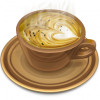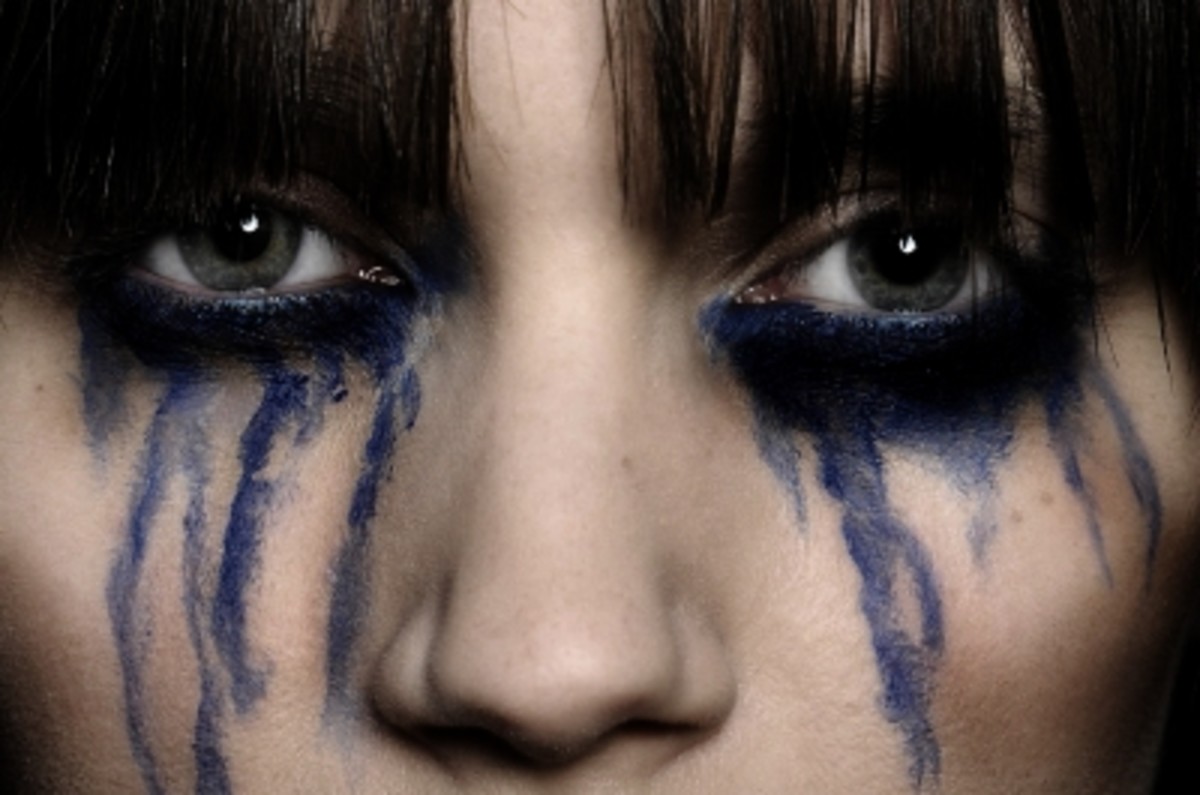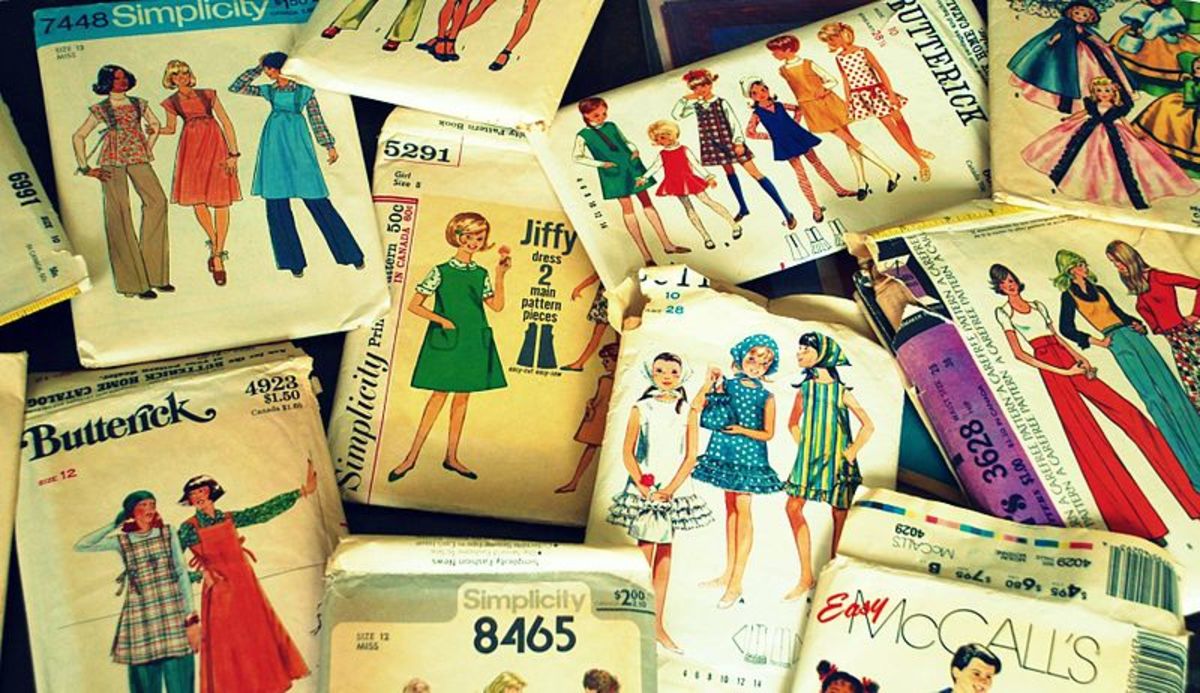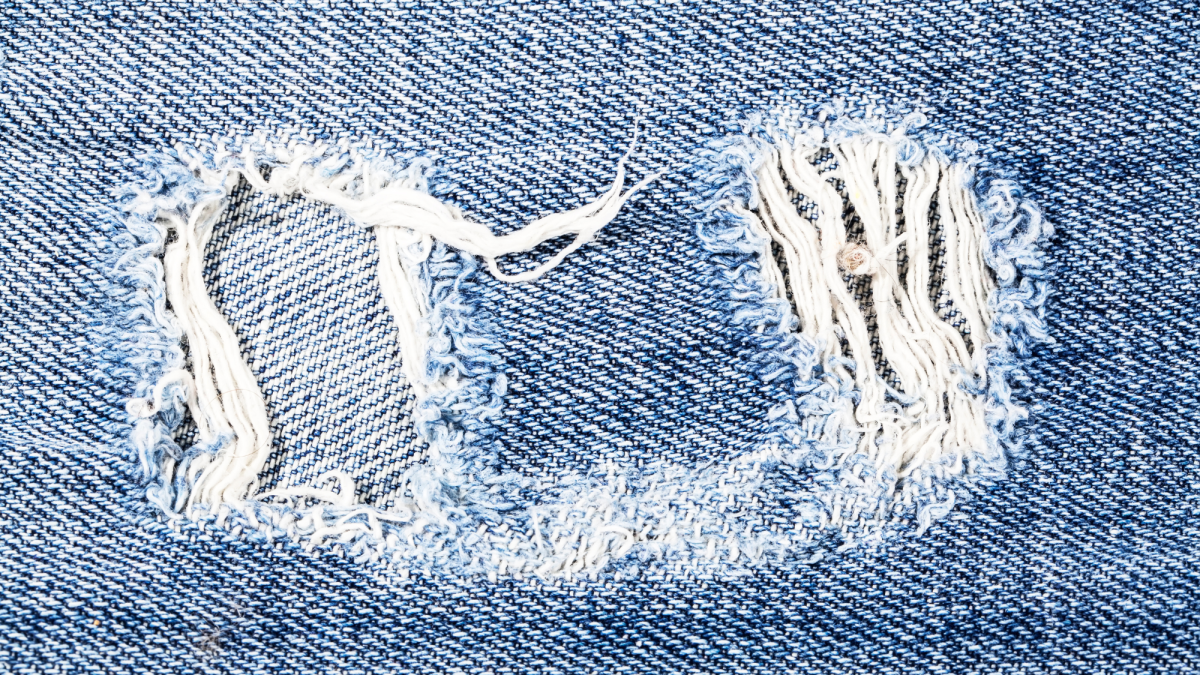Mad Fashion of the Past
You only have to open a history book to see how crazy our ancestors were. Here is a humorous look at some crazy fashion tips from history.
1. Forget about eyeliner! Soot is the new look!
In Ancient Egypt, women would use soot to darken the lids of their eyes and their lashes. What we try to avoid getting in our eyes, they deliberately did. Wearing eye makeup would apparently ward off evil spirits and improve your eyesight. But just because Egyptians have the earliest documentation of makeup doesn't mean we should trust them!
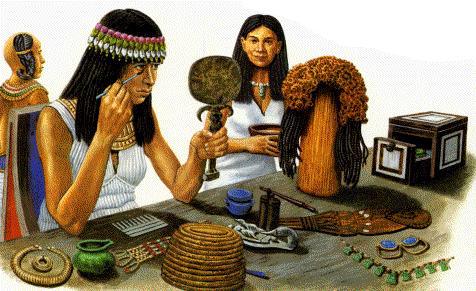
2. Skip the tanning sessions.
During the Middle Ages, being pale was seen as a sign of wealth. This is because while the peasants and poor people were outside, attending to farms or slaving around, they earned tans from the scorching sun. The rich bums, however, lazed around at home, furthering their vitamin D deficiency. So the best thing to do would be to avoid the Sun completely!
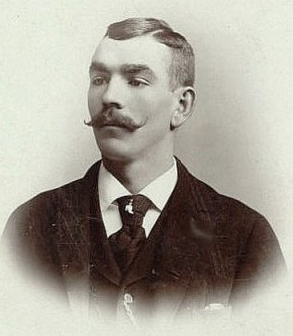
3. Grow a raging mustache.
Here’s a tip for the men. About 200 years ago, you boys started wearing your hair shorter than ever before, but mustaches and beards were quite popular. The bushier and the more chicken pieces it holds home to, the better!
4.Makeup was for prostitutes.
The popularity of makeup dipped during the Victorian era when it began to be associated with prostitutes, and lipstick was used by lower-class ladies.
5. Never cut your hair and cover it with sunflower oil.
Women very rarely cut their hair in the 19th century, as it was considered their glory. They also wore it in buns and coated it with oils so it would appear slick.
6. Overload on hats.
Is your hair slowly falling out? Do you look like an egg? Then why not hide it with a hat! When it comes to a quality, higher class look, many first think of the 30s. Do you remember those old American detective movies your English professor made you watch? That look. Fell into a river? Hat still on. Sweltering jungle? Hat still on. Arm cut off? Hat still damn on. You’d better glue that thing to your head.

7. Die for beauty.
What’s the best way to prove you would do anything to look good? Dying, of course! Makeup really hit its peak when during the early 19th century, whiteners for the face made of lead, arsenic, and mercury were used. These would cause hair-loss, stomach aches, and eventually, death. Lovely.
8. Forget about your figure.
The 1920s brought in a new fashion style, almost a complete opposite to what was previously attractive. Women’s dresses hung down from their shoulders, hiding any sort of curves or shape. This flat look was enhanced by wearing a bust flattening brassiere, giving women a boyish look.

9. Leg warmers and neon.
Sometimes I think that because fashion was so set in stone and quite dull for centuries, the 80s overcompensated. Walk into a store and buy EVERYTHING that makes your eyes bleed. And make sure to throw in a couple of large leg warmers, too.
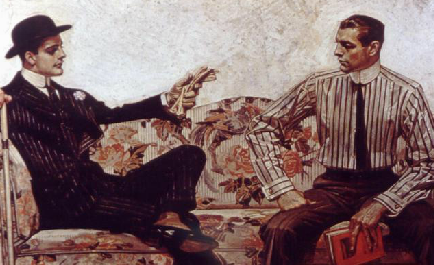
10. Steal your teacher’s cane.
And take it everywhere. If you can buy a fake mustache you’ll look even better. At the beginning of the 1900s, it was considered glam to wear massive penguin suits and top hats. If you don’t like it, move up the time ladder to the 1910s and buy a pinstriped suit instead.
What the 1939s thought 2000s fashion would look like:
Further Links
Jokes aside, the fashion of the past is incredibly interesting and it's exciting to find out about how it has changed and why. Here are some further links and resources:
- The Pathé Fashion Archive -- A sub-channel from Britishe Pathé YouTube channel. As quoted by them -- "Dating from the 1890s to 1970s, a fanfair of vintage fashion videos, fabulous catwalk shows, retro womens lifestyle clips and other glamorous treats. Indulge!"
- Fashion: History's shocking styles-- An article by BBC news which lists some of the absolute craziest historical fashion styles.
-
How Makeup Works -- An article by HowStuffWorks on the history of makeup and how it works.
